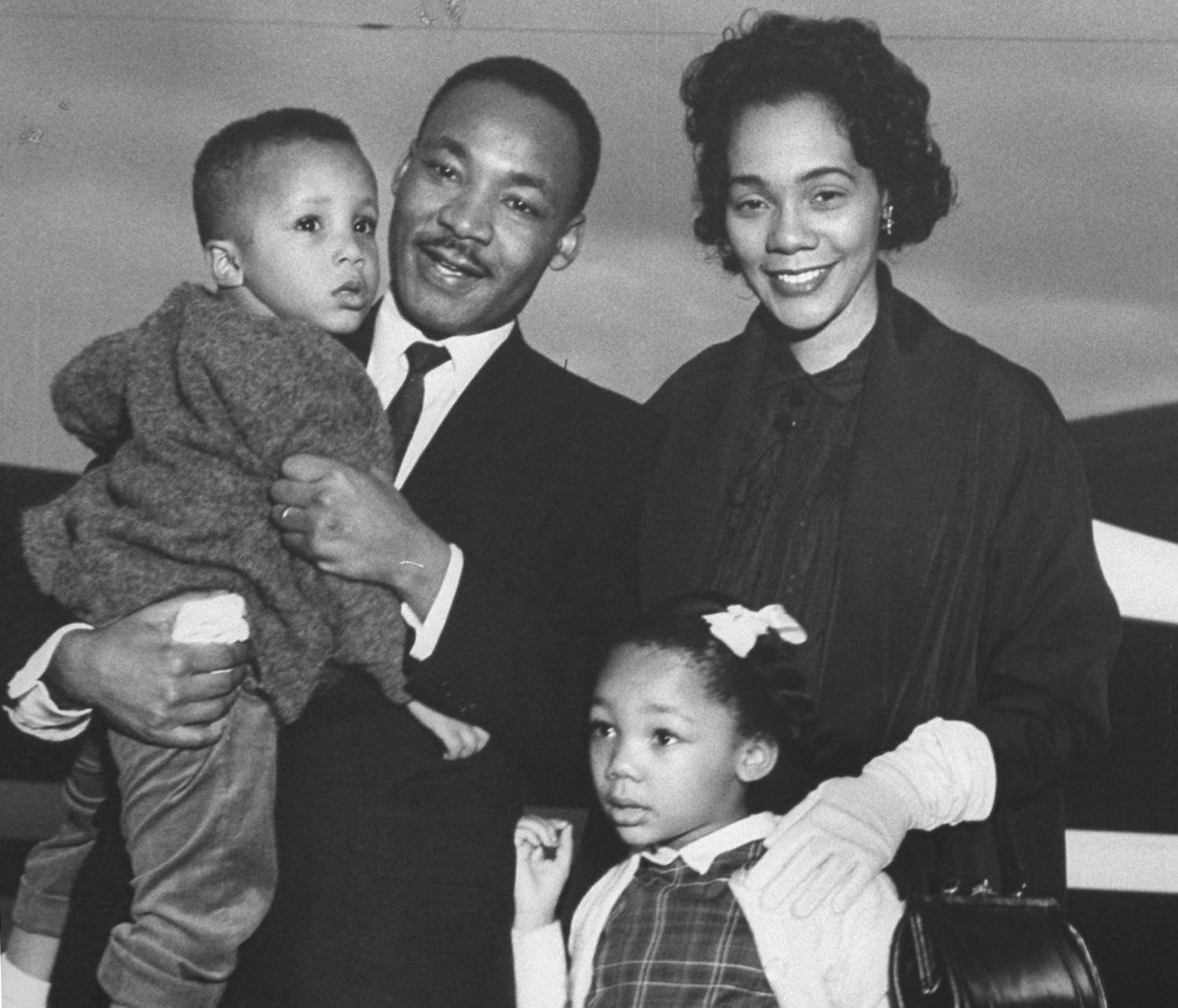King was a hard-working and talented student who studied medicine and law at Morehouse College. He didn’t plan to become a pastor like his father, but one of his mentors helped to change his mind. King went to Pennsylvania to attend Crozer Theological Seminary. He received a Bachelor of Divinity degree and was so respected that his classmates – who were mostly white – elected him as class president. He earned his doctorate from Boston University and married Coretta Scott. They moved to Montgomery, Alabama and had four children throughout their marriage. This was a great victory for the civil rights movement but the work was far from over. King established the Southern Christian Leadership Conference with other activists to work toward using nonviolent protests to secure full equality for Black Americans. Their motto was, “Not one hair of one head of one person should be harmed.” King became such a strong influence and leader in the civil rights movement that he was targeted by those who wanted to keep the evils of segregation in place. He was stabbed, his house was firebombed, and he was threatened, but despite this violence directed at him, King knew that for the movement to be successful, violence was not the answer – a peaceful protest was.The Civil Rights Movement

1929
On January 15, 1929, Martin Luther King Jr. was born in Atlanta Georgia. His mother was a former school teacher, his father was a pastor, and he had an older sister and a younger brother.

1955
The King family was living in Montgomery when Rosa Parks was arrested for refusing to give up her seat on the bus. In response to her arrest, Black Americans in Montgomery decided to get together and organize a boycott of the city’s buses on December 5, 1955, the day of her trial. (A boycott is when people refuse to participate in or buy something because they disagree with a policy that the company or entity promotes.) Forty thousand Black bus riders refused to take the bus that day. Because most of the buses’ usual passengers were Black, this was a big hit to the city. 
1956
To keep the boycott going until Black Americans were given better treatment on buses, Black leaders established the Montgomery Improvement Association and elected 26-year-old-pastor Martin Luther King Jr. as the president and spokesperson. The Montgomery Bus Boycott was the first large-scale demonstration against segregation and lasted 381 days. Finally, on December 21, 1956, Montgomery’s buses were integrated.
